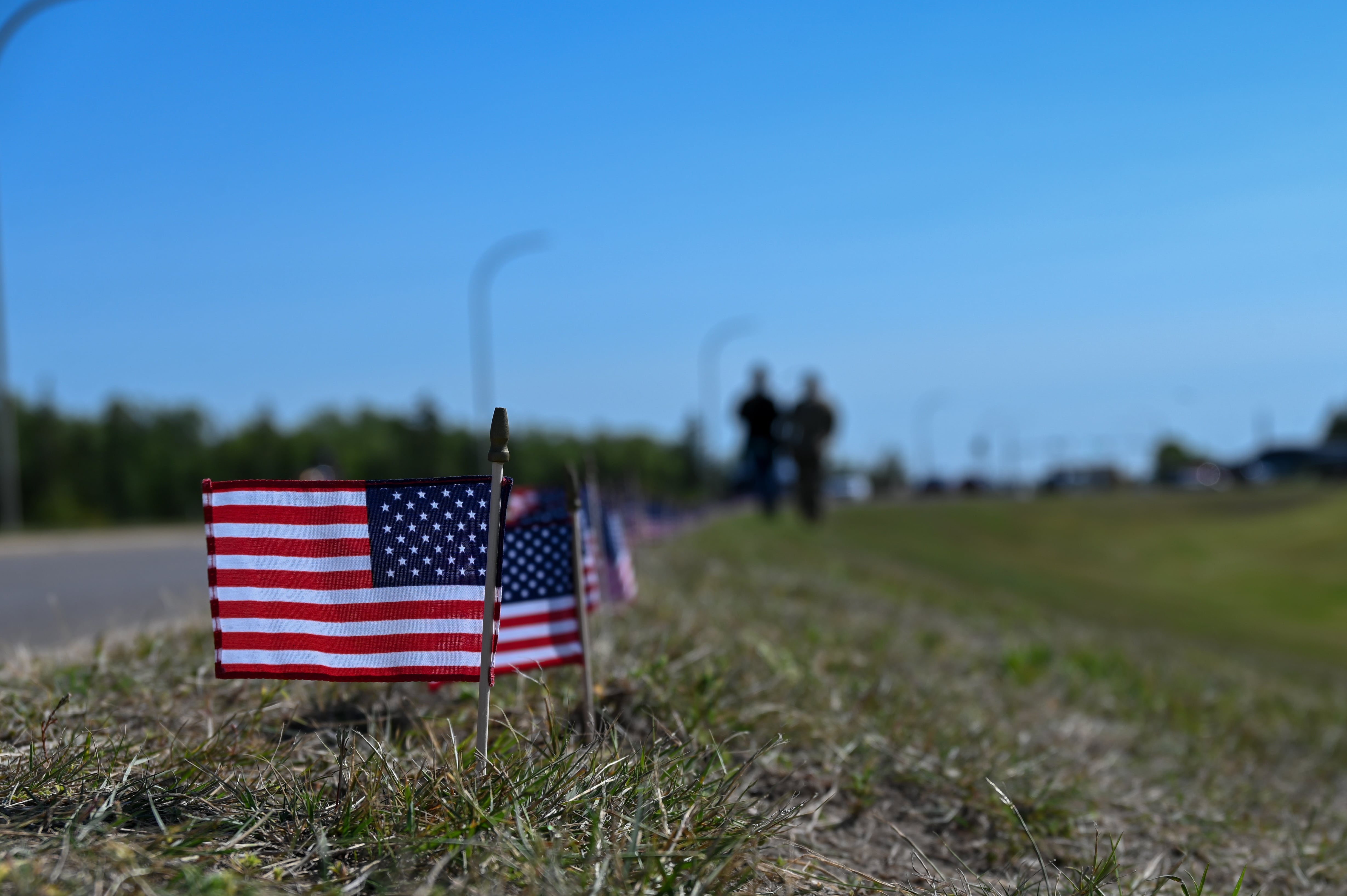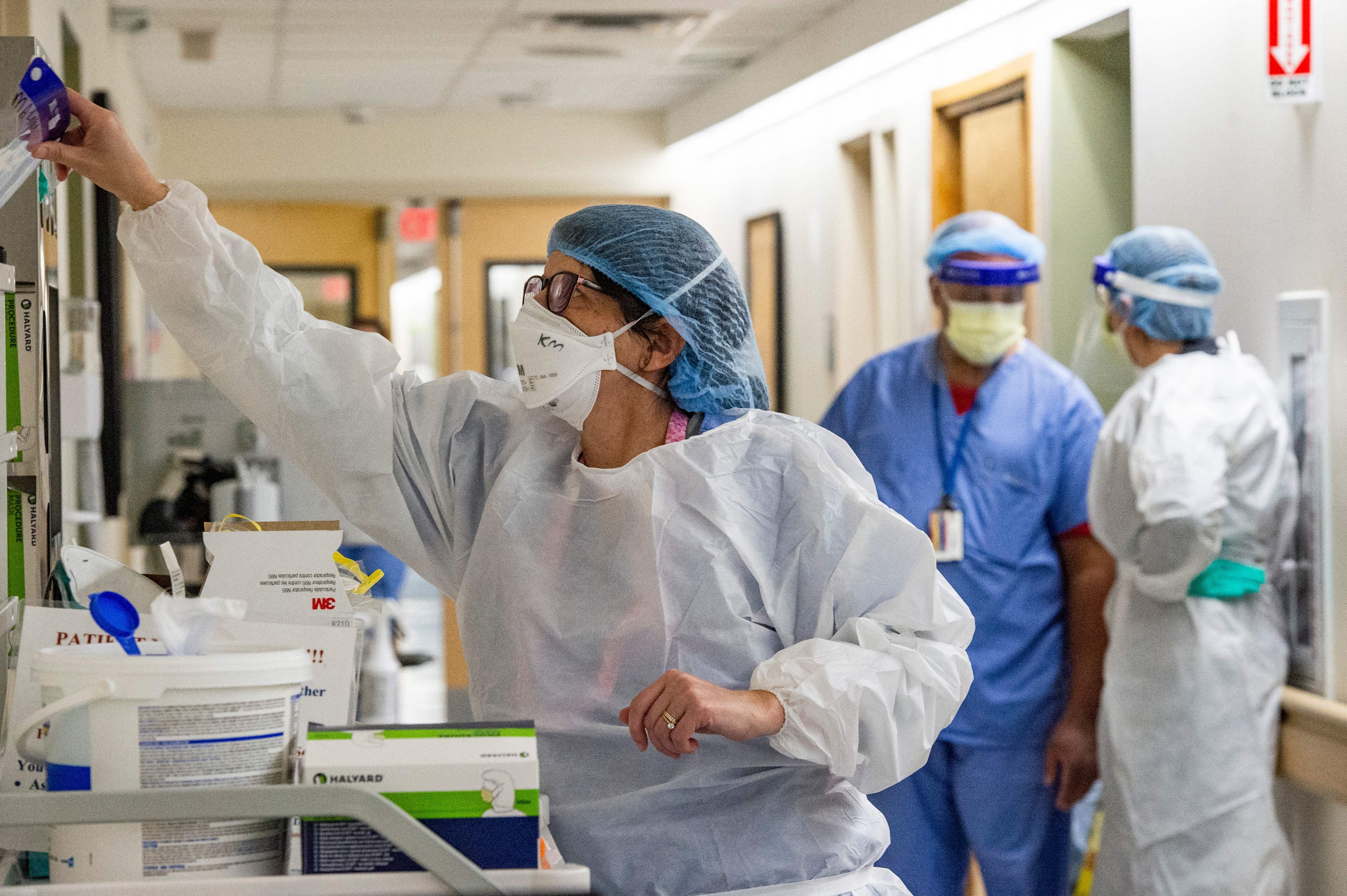UNDISCLOSED LOCATION, Southwest Asia — The battle to wrest the strategically key city of Mosul, Iraq, from the hands of the Islamic State is one of the central campaigns of Operation Inherent Resolve, and the biggest since the war against ISIS began 2½ years ago.
When the Mosul campaign launched in October, Iraqi leaders hoped thousands of their troops, with air support and other assistance from U.S. military and coalition forces, could root out ISIS from Iraq's second-largest city in Iraq by the end of 2016.
But the urban battle proved far tougher than the Iraqis expected. ISIS fighters fought hard with mortars, snipers, car bombs and improvised explosive devices — even, according to some reports, using civilians to shield themselves from attacks — to hold the Iraqi military at bay. After pausing for two weeks in December to regroup and resupply, the Iraqis renewed their effort to seize the city. Iraqi forces reached the Tigris River, which bisects Mosul, and pushed ISIS out of the city's eastern half in the third week of January.
Now, the battle for Mosul has reached a decisive point as the Iraqis prepare to take the western portion of the city.
In a Jan. 12 interview with Military Times, Army Col. Alberto Garnica, chief of operations for the combined joint operations center, Combined Joint Task Force-Operation Inherent Resolve, talked about the Mosul fight and how the war against ISIS might shift as the militant group grows increasingly cornered. Edited excerpts from that interview.
Q: What kind of assets are the Iraqi forces bringing to bear?
Garnica: It's a combined fight for them as well. They've got ground troops, obviously, that are equipped and trained with modern equipment, their own equipment, with equipment that we support as well. They've got aviation assets. They've got helicopters that they support the fight with. They have fire support assets, artillery pieces, tanks, the armor that they bring into the fight.
They've got some fighters out there. They've got F-16s up there that are also flying in support.
Q: How long do you think the battle for Mosul is going to take?
Garnica: The government of Iraq has said it would take about two more months as far as they see it. It'll take as long as it takes. The way they're progressing now, it looks like that's probably a good timeline, what the government of Iraq has put out.
Q: It's been a very complicated operation so far, with a lot of factors including car bombs. What else do you think might be in store? Are there other tricks ISIS has up its sleeve that it has yet to reveal?
Garnica: If we look at the previous fights, like in Ramadi and Fallujah, they were very urban type fights. There were some house-borne IEDs. There were some other explosive boobytrap type of scenarios that they set there. Our Iraqi [allies] have to be very careful as they clear the rest of Mosul.
I would anticipate that they use the same tactics that they used then, as well as leaving behind maybe small groups. It's an asymmetric war that we're fighting here, so even in areas that we've gone through and cleared, we still have some resistance in there. I think we've discovered, and it's been reported, that there's tunnel systems that they use to move around.
Behind lines, they've obviously used IEDs in their attacks, both the vehicle-borne and personnel-borne, so I anticipate that they will continue with those tactics. It's an urban fight.
Q: Is the nastiest fighting still to come?
Garnica: I think it's all pretty bad fighting at this point. An urban fight is probably pretty nasty to begin with and, as we have seen, they're pretty vicious. It is going to be a pretty good fight and will continue to be a pretty good fight until [Iraqi forces] clear and defeat ISIS in Mosul and then the rest of Iraq as well.
As [ISIS militants] start to get cornered, they start to get a little bit more desperate. I haven't seen too many people just give up or run away. It's been a tough fight to the very end for these ISIS characters.
Q: What happens to the war against ISIS after its two major strongholds in Mosul and Raqqa fall? How does the war shift?
Garnica: We'll continue to advise and assist [the Iraqis]. There's still a lot of fighting left to do, as far as completely clearing ISIS from Iraq and whatever is going to happen in Syria. I think that fight will continue.
If Iraqi forces still require [coalition troops to advise, assist and equip them] and request it of us, we'll continue with that fight. There is a whole government approach to this, so there are other entities that are working on how we're going to rebuild and continue to assist in the recovery of this country.
Q: After Mosul and Raqqa fall, what might happen to ISIS? Could we see them turn into a full-blown insurgency as opposed to an organization that is structured like an army?
Garnica: In my personal opinion, I see them morphing, changing, turning into something [but] continuing in some capacity or form. We've seen it. This is just another development of these groups that are out there. Until we can assist these Iraqis and to secure their country, then maybe we can see change in this.
I would think that they would be small, insurgency-type of organizations, but we'll see.
Stephen Losey is the air warfare reporter for Defense News. He previously covered leadership and personnel issues at Air Force Times, and the Pentagon, special operations and air warfare at Military.com. He has traveled to the Middle East to cover U.S. Air Force operations.










